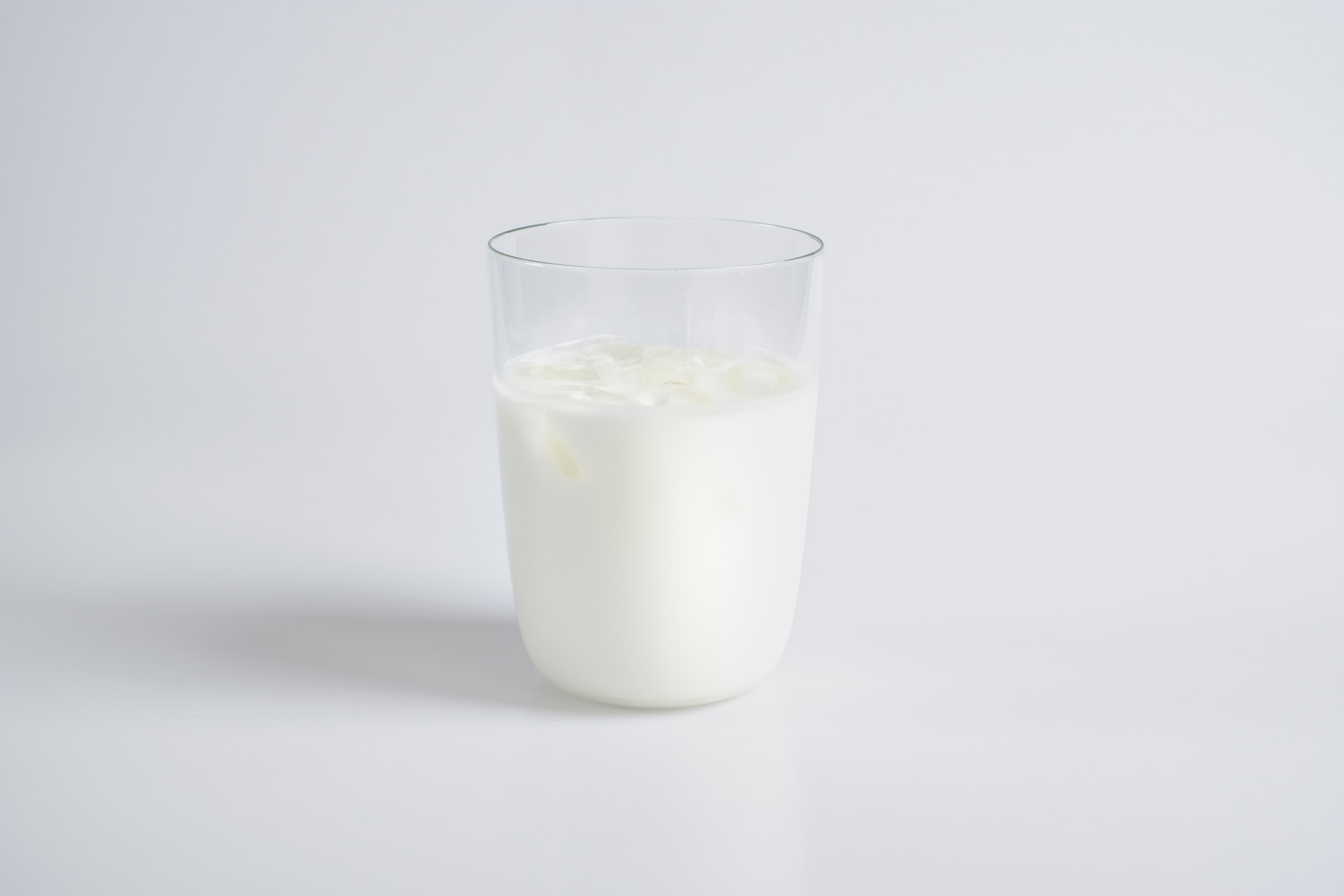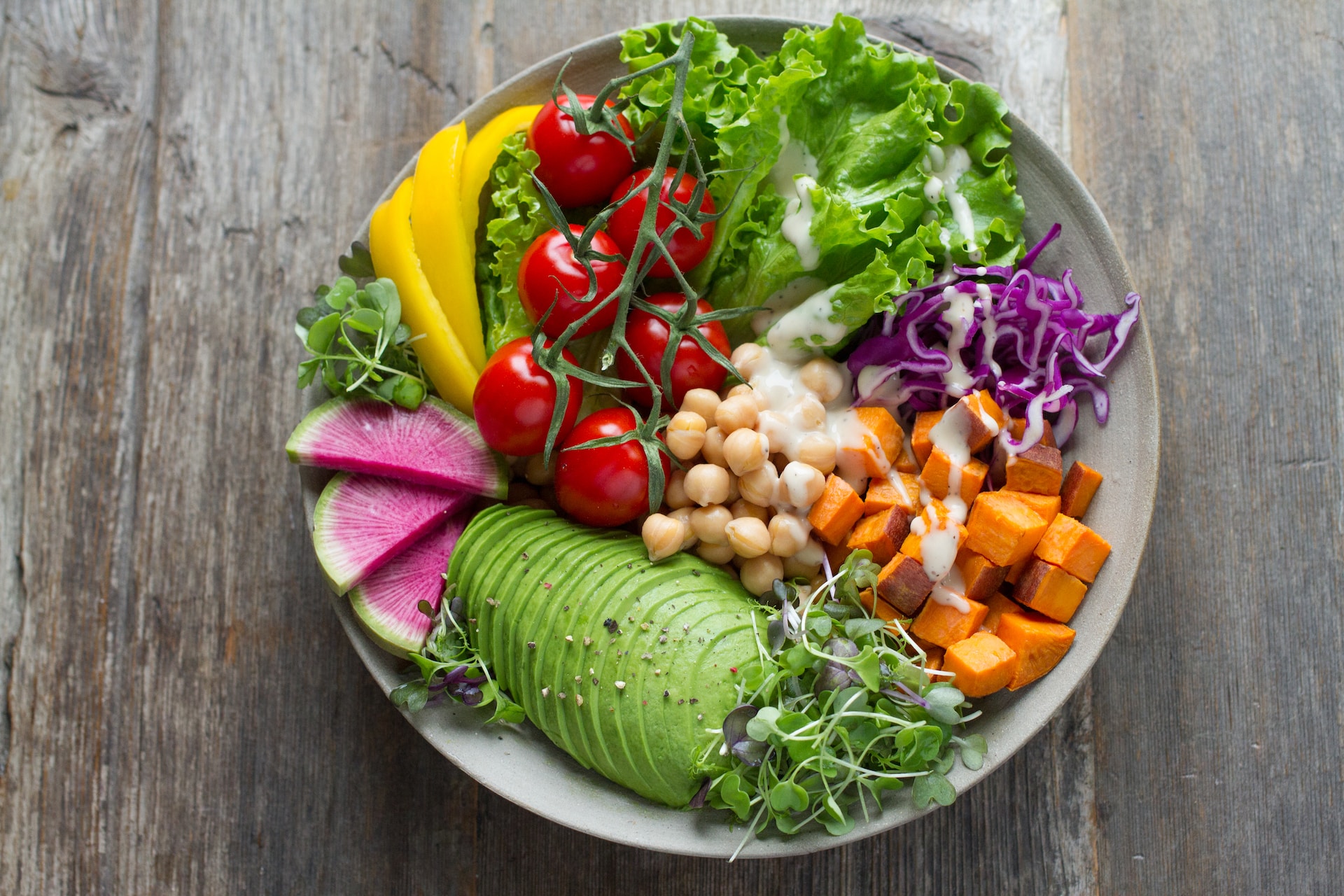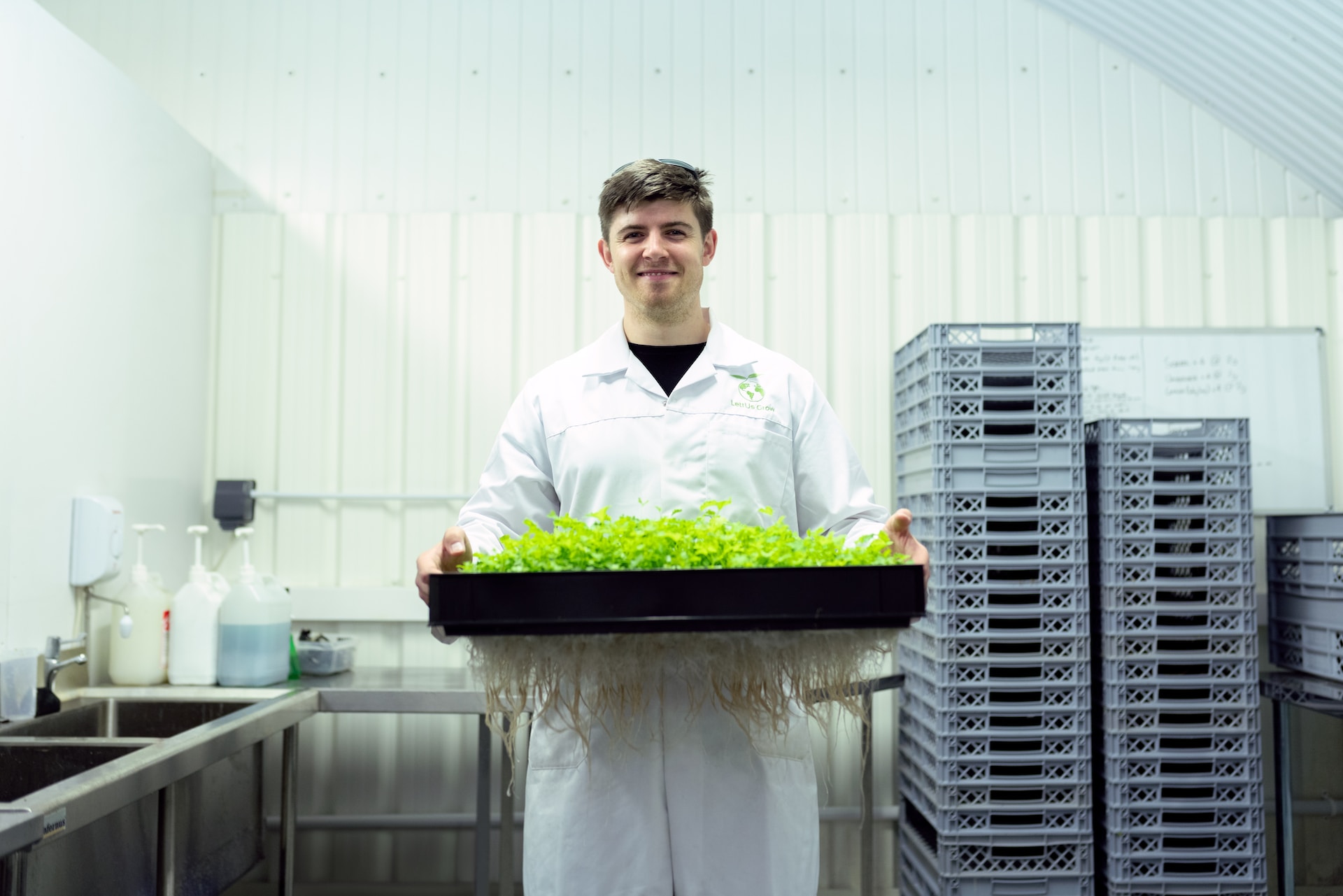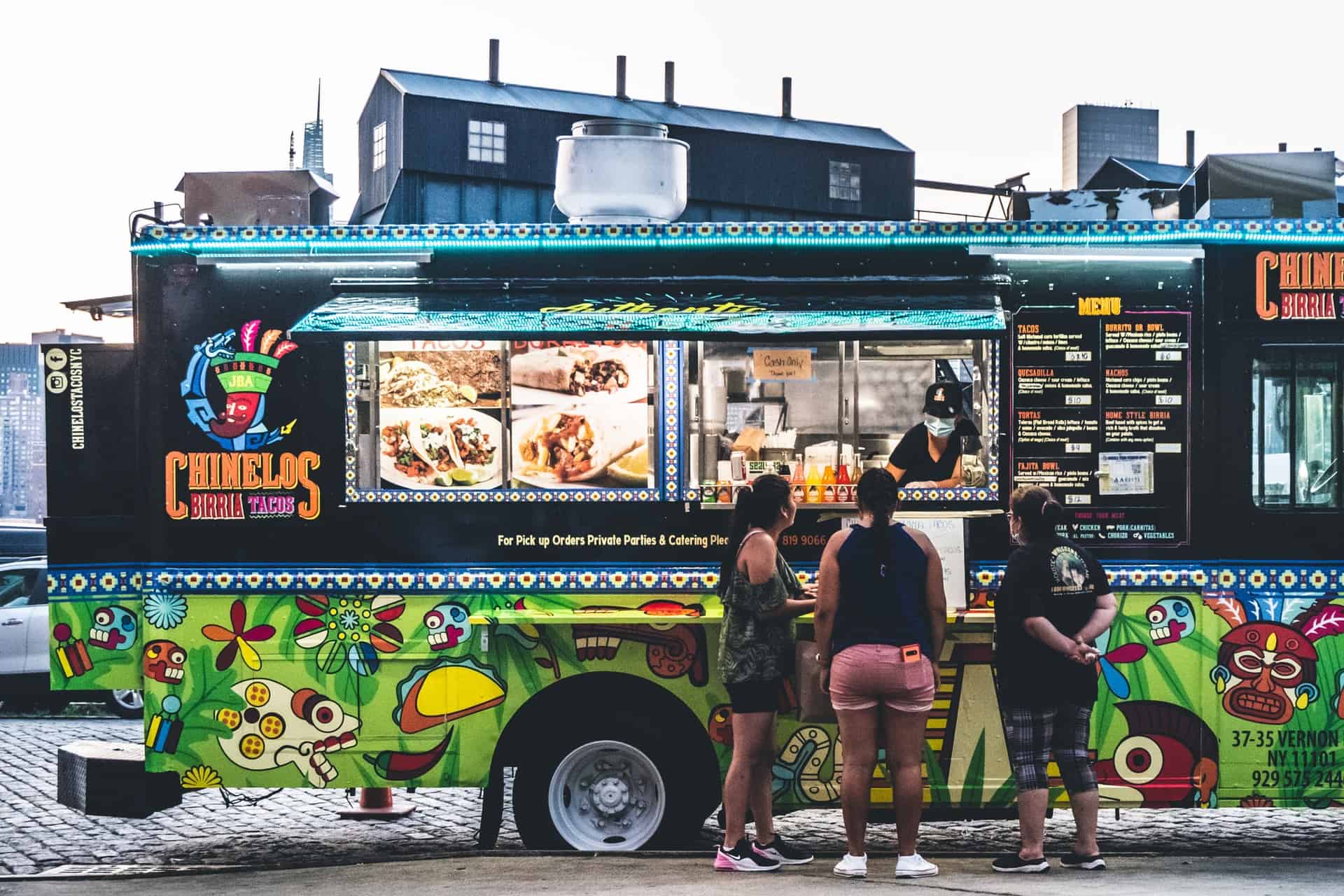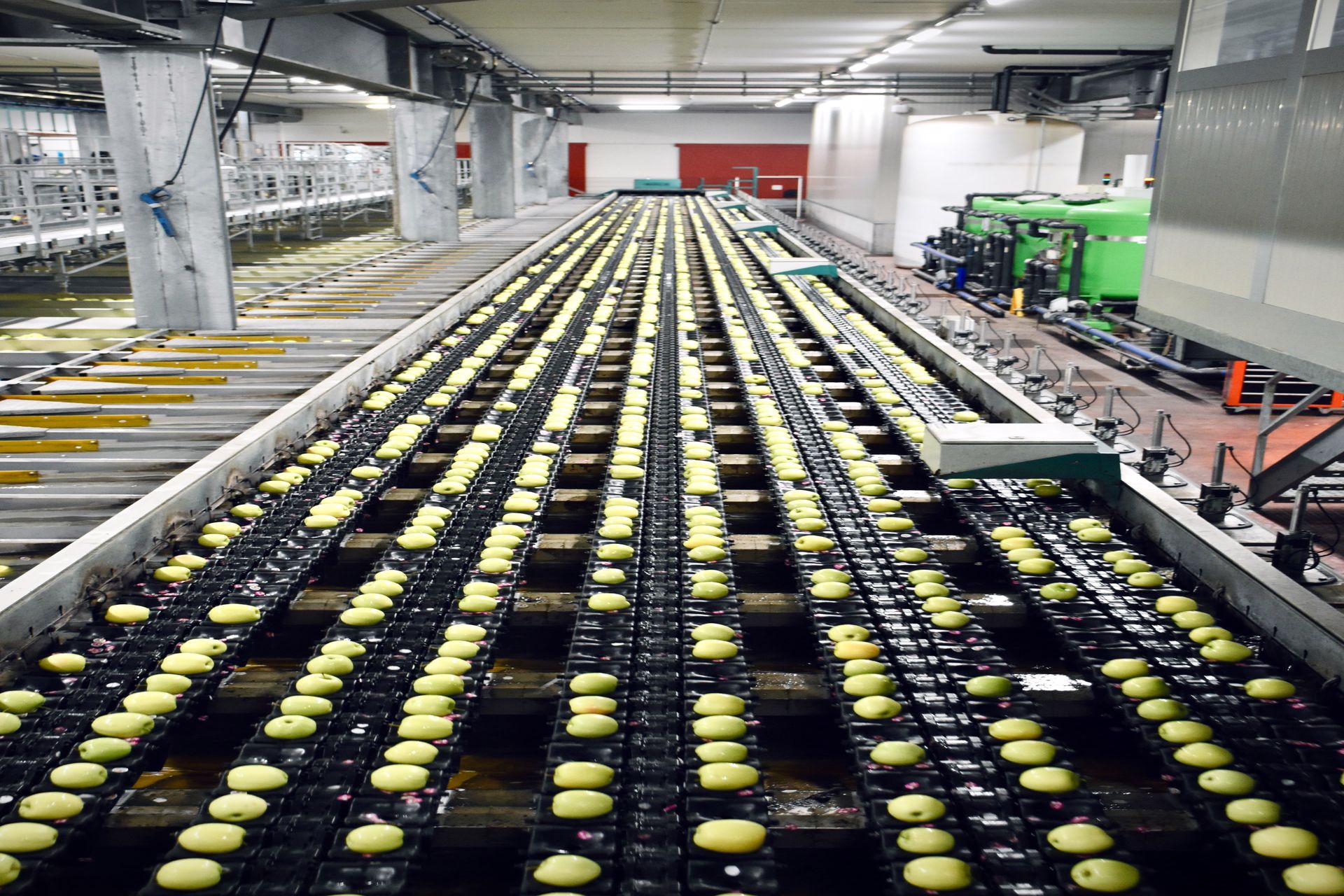
Overcoming Food and Beverage Challenges With Advanced Technologies
October 6, 2022 - Emily Newton
Revolutionized is reader-supported. When you buy through links on our site, we may earn an affiliate commision. Learn more here.
Professionals who deal with consumable products know the various food and beverage challenges they must conquer to succeed in their roles. No methods guarantee success. However, some of the more promising possibilities involve using advanced technologies to handle situations that previously posed substantial obstacles. Here are some fascinating examples.
Handle Food and Beverage Challenges With Connected Sensors
A lot can happen between when a consumable product leaves the manufacturer and it reaches a grocery store or customer’s doorstep. A fragile product could get handled roughly or dropped. Then, it could arrive broken and unsellable. A related issue occurs if perishable goods stay outside the recommended temperature range for too long.
Fortunately, manufacturers can equip shipped goods with Internet of Things (IoT) sensors. Those help them determine what happens to the products when they leave a plant. Sometimes, they can intervene before spoilage, breakage or other unwanted events occur. Doing that supports the bottom line by avoiding wastage.
Sensors also exist that help grocers handle food and beverage challenges. They can use devices placed up to 1 meter away from a product to determine if it’s still at the desired core temperature. Such solutions allow for remote and non-invasive monitoring, providing more peace of mind.
Another solution, developed in 2019, can identify spoiled milk before someone opens the container. The sensor contains chemically coated nanoparticles that respond to the bacterial growth and gas associated with spoilage. Innovations like that one are crucial because they save people from unpleasant experiences. Suppose a person opens a milk carton, preparing to pour it on their cereal. If they get a whiff of a spoiled beverage, that outcome could negatively impact their opinion of the brand.
Smart sensors can also help company representatives identify unreliable supply chain partners. Perhaps one company consistently falls short in delivering consumables on time and undamaged. Then, the associated sensor data could prove useful in discussions with that supply chain partner.
Respond to Food Safety Issues Faster
National statistics indicate an estimated 48 million people become sickened by foodborne illnesses every year in the United States. The food and beverage challenges associated with safety also go beyond dangerous pathogens. Packaging may fail to include allergy information, causing individuals to have life-threatening reactions. Sometimes, process breakdowns and accidents result in foreign particles ending up in food or drinks.
Fortunately, machine learning and data analysis tools can make the relevant parties aware of these issues before problems become widespread. In 2018, employees at Google announced an algorithm that could help public health department workers pinpoint problematic restaurants more efficiently. It connected people’s location data with their recent Google searches to detect possible issues.
Suppose numerous people performed Google searches containing keywords like “severe stomach cramps” and “nausea” and had also visited a certain restaurant. Such events could flag which establishments health inspectors should visit soon.
In another instance, people created a database linking Amazon product reviews of foods and beverages with information about federal recalls. This investigation involved examining 1,297,156 product reviews. The team looked for phrases and words indicating food safety risks associated with the items. An interesting takeaway was that only 0.4% of the total studied were also recalled products. The researchers said that might suggest many more foods and drinks warranted investigation.
Technologies like machine learning and data analysis tools are particularly beneficial for responding promptly to food and beverage challenges. That’s because they can evaluate such large amounts of data at once. Relatedly, they can process that data much faster than humans could without help. Speed is essential when identifying safety issues with consumable products. Then, it’s less likely so many people will be adversely affected.
Predict Consumer Trends
Most people can recall particular products that seemed to become popular overnight. In reality, numerous factors likely contributed to an item’s popularity boom. In today’s society, grocery store shoppers can buy such exotic options as pumpkin spice cream cheese and s’more-flavored toaster pastries. But, how do food scientists know which flavors people want most?
Failing to handle those food and beverage challenges could mean products never gain the necessary marketplace traction. Then, manufacturers could sink significant amounts of money into products consumers don’t want and need.
However, advanced technologies make it easier to identify which foods and beverages best align with people’s preferences. PepsiCo is one of the companies using high-tech tools to track marketplace changes and respond accordingly. Taste is a primary driver of what makes people buy foods and drinks, but it’s not the only factor.
Customers also care whether the products are good for their health or sustainably sourced. Additionally, some people want to buy products that originate as close to where they live as possible.
Big data platforms and artificial intelligence assist in identifying new flavor combinations, too. In one instance, an AI tool examined millions of flavor pairings to help spice company McCormick. It allowed brand representatives to feel more confident about debuting new products. Some companies also use AI to create databases that predict how a person’s reaction to a consumable product might differ. Factors such as where they live or other demographic details could impact their opinions.
Technology Reduces Food and Beverage Challenges
Even the most advanced tools can’t replace human insights and expertise. However, food and beverage challenges often create barriers to profitability or even make people ill. Technology isn’t perfect, so it could still make errors. Identifying the most significant or costly obstacles is a good first step. From there, people can investigate the technologies that are well suited to tackling those problems.
It’s also worth remembering that most technologies need tweaking after their initial implementations. Doing that is often necessary to optimize results. A best practice is to identify and track metrics that signify room for improvement. Monitoring those helps decision-makers see if the technology works as expected. If it doesn’t, that’s not necessarily a reason for concern. But, it could indicate changes are necessary.
A final point worth mentioning is that people often resist change, even if what’s different will ultimately reduce food and beverage challenges in the long run. It’s important to give people time to adjust to new processes and have supervisors they can talk to if problems or questions arise. Team members who feel supported are most likely to shift smoothly to adopt process changes as needed.
Revolutionized is reader-supported. When you buy through links on our site, we may earn an affiliate commision. Learn more here.
Author
Emily Newton
Emily Newton is a technology and industrial journalist and the Editor in Chief of Revolutionized. She manages the sites publishing schedule, SEO optimization and content strategy. Emily enjoys writing and researching articles about how technology is changing every industry. When she isn't working, Emily enjoys playing video games or curling up with a good book.
